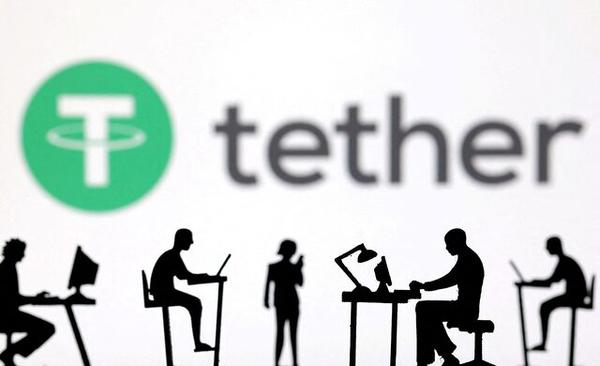The Rise and Fall of KRWb: A Premature Venture
In January 2019, BxB, a small startup, launched the won-linked stablecoin "KRWb" with the ambitious goal of addressing inefficiencies in South Korea's virtual asset market, notably the "Kimchi Premium." This term refers to the price gap between global and Korean exchanges. Despite the noble intention, the venture was ahead of its time, as even dollar-linked stablecoins like USDC were just beginning to gain traction. KRWb faded into obscurity without making a significant impact.
The Current Landscape of Stablecoins
Fast forward six years, and the virtual asset market has seen exponential growth. Tether (USDT) and USDC have become staples, not just in trading but also in everyday transactions. Meanwhile, regulatory frameworks for stablecoins are being developed in regions like the EU, the US, and Hong Kong, signaling their integration into the financial system.
Persistent Challenges in South Korea's Virtual Asset Market
Despite global advancements, South Korea's virtual asset market remains plagued by inefficiencies. Restrictions on foreign fund inflows and access to overseas exchanges have exacerbated market isolation, leading to phenomena like the "reverse premium." The dominance of dollar-linked stablecoins raises concerns over currency sovereignty and economic stability.
The Case for a Won-Linked Stablecoin
Recent reports by Populous and Hashed Open Research highlight the need for a won-linked stablecoin to address structural inefficiencies. Such a stablecoin could facilitate two-way capital flows, reduce price disparities, and protect currency sovereignty. Experts argue that its issuance could stabilize virtual asset prices and enhance the won's utility in emerging markets.
Looking Ahead
As the trading volume of dollar-linked stablecoins surges in South Korea, the call for a won-linked alternative grows louder. The move could not only mitigate economic vulnerabilities but also position the won as a key player in the global digital economy.







Comments